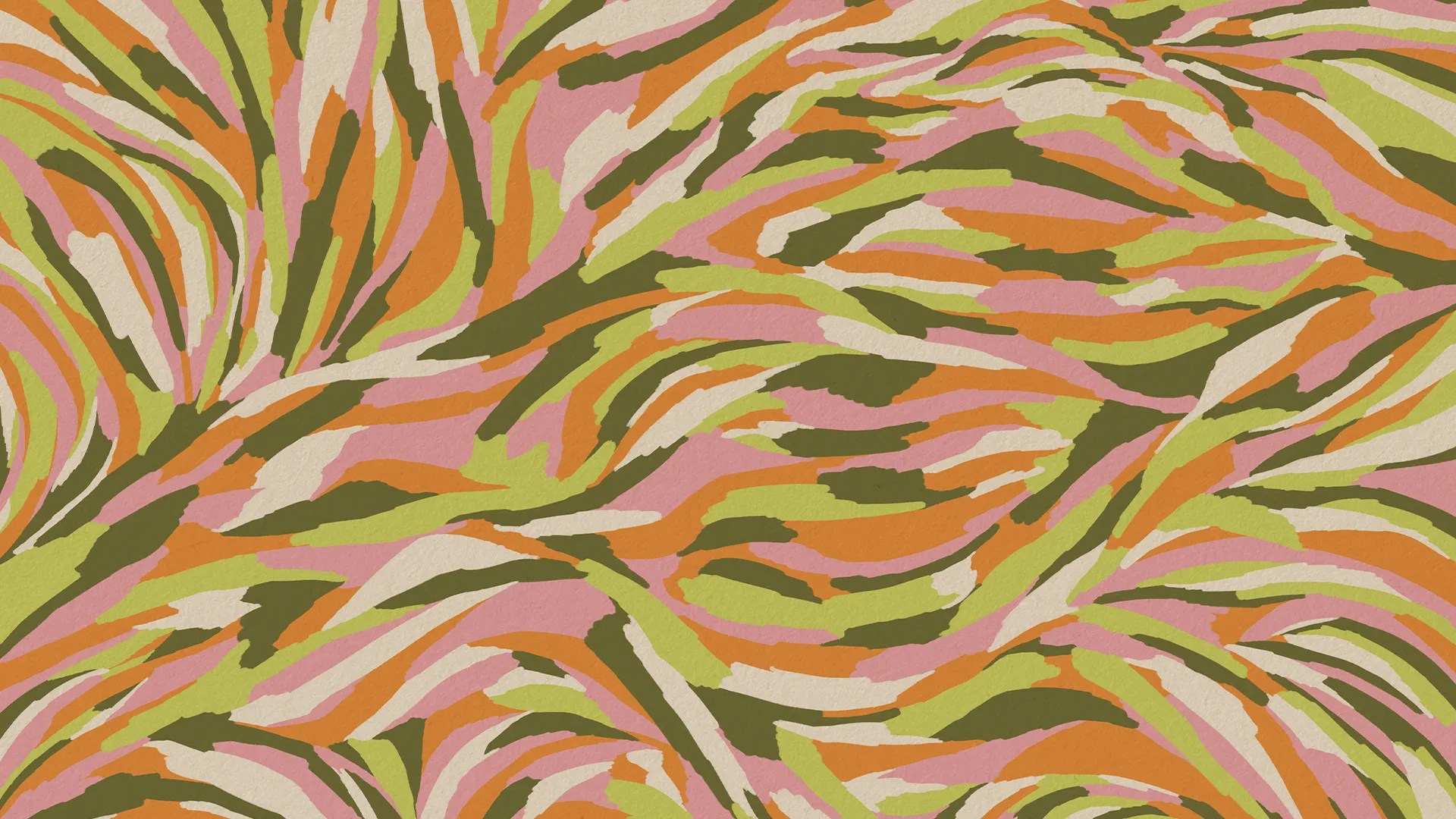Breadcrumb
There is no single ‘right’ way to collaborate, because each person and community has their own way of doing things. Collaborations should be planned out together in accordance with unique cultural and community protocols.
The following are some general principles that can help develop a shared approach based on those unique ways of doing, and ensure collaboration is respectful, genuine, and culturally appropriate.
Build strong relationships
Strong relationships are the foundation of meaningful and effective collaborations with First Nations peoples. First Nations groups are often frustrated when they are approached at the end of a project.
Take the time to build trust by establishing a relationship early — well before a project begins. Doing so demonstrates respect and a commitment to working in a genuine and non-extractive way.
Empower First Nations leadership
Any project, work, idea or activity involving First Nations themes or content should be First Nations-led. Be guided by the First Nations person or community you are working with, and remain flexible and open to their ideas, advice and direction. True collaboration means creating space for First Nations leadership and self-determination to shape the project’s vision and outcomes.
For larger projects or collaborations with a wide reach
Employing First Nations people as project advisors, or forming a First Nations advisory group, are great ways to ensure respect for cultural protocols throughout and set collaborations up for success.
Respect cultural protocols
Remember, every First Nations community has their own cultural protocols – ways of doing that are guided by deep traditions, knowledge and connections to Country. Take the time to ask about and understand any local protocols before starting your project.
Protocols may be about:
- Cultural authority, and who can speak for Country or Culture
- Some things may be Secret or Sacred, and shouldn’t be included in the project
- Some communities have particular ways of speaking, or not speaking/body language. Pay attention to cues and always listen more than you speak.
Keep learning:
Pathways & Protocols: A Filmmaker’s Guide to Working with Indigenous People, Culture and Concepts
Screen Australia
Learn moreProtocols for using First Nations Cultural and Intellectual Property in the Arts
Creative Australia
Learn moreCommunicate and set goals together
Deep listening, learning and yarning (talking together) are foundational to good collaboration with First Nations peoples. Clear, early communication is key – it makes sure that everyone is on the same page.
If you are approaching a First Nations creative or community to collaborate — Take time to explain the project’s purpose, your role, and how you hope to work together. Work with project partners to set shared goals, priorities, and expectations — and stay flexible to the needs and values of First Nations collaborators as the project evolves.
If you are a First Nations collaborator — Take time to think about what your expectations are of project partners. Set those expectations clearly at the beginning of the partnership. See further about protecting your cultural rights below.
For all collaborators — It is a good idea to make a plan for how you will all work together and communicate throughout. Will you have regular meetings? Communicate via text, email or phone calls? Will you do progress reporting in a particular format such as via video meetings or face to face? Set these intentions together and early, and keep communicating regularly throughout the collaboration.
Things to think about
- What do we want to achieve in this collaboration?
- How can this collaboration support community aspirations and goals?
- How will we work together?
- What will we create or produce from this collaboration? Will the end products be used, published or shared?
- What are the benefits and risks of this project?
- How will community benefit from this collaboration?
Respect cultural authority
First Nations Cultures have rules around who can speak for Country and Culture. It is important to work with the right person or people. Different people hold different roles and responsibilities in each community.
Always take the time to ask who has cultural authority to speak for the place, story or knowledge your project involves. There may be more than one person who can speak for that part of Culture — be sure to leave enough time to speak to all relevant people.
You can reach out to local Aboriginal and Torres Strait Islander representative organisations such as peak bodies (art, health, education, etc.), native title bodies, Elders groups, art centres, or local Aboriginal land councils, if you are unsure who has cultural authority in a particular context.
A good rule of thumb is to always ask: Is there anyone else we should be speaking to about this?
Respect connection to place
Also remember, Culture is connected to Country. Some works and collaborations will have place-based connections. Recognise and prioritise these connections in projects, even if you are also telling other stories from other places.
In practice:
Commissioning place-based art
If you're commissioning an artwork for a local mural, you should engage an artist connected to that Country. For instance, you wouldn’t ask a Torres Strait Islander artist to create an artwork intended for a site in the Central Desert. Each place has its own people, stories, and cultural significance.
Allow enough time
First Nations decision-making processes can involve a lot of discussion and thinking time. Decisions are often made collectively and require input from lots of people. Collaborations must allow sufficient time for these cultural processes.
Allow consultation to move at a respectful and natural pace with First Nations collaborators. This means allowing enough time for thoughtful considerations of project proposals, for cultural decision-making processes to take place, and for adapting plans if goals, priorities or values are not fully aligned.
It may also be necessary to delay planned activities or deadlines for cultural reasons such as Sorry Business. Leave flexibility in timelines and strategic plans to allow for this.
Consultation and consent
The process of consultation and consent is fundamental to working with First Nations peoples, content and Indigenous Cultural and Intellectual Property (ICIP).
Consultation is a collaborative process, it involves exchanging views, sharing information, listening, and working together. It is not a one-way discussion.
Consent is an ongoing process built on trust, where permission is given, freely, prior to any use, and with a full understanding of what it involves. Any consent should meet the standard of Free, Prior and Informed Consent (FPIC). FPIC is recognised internationally through the UNDRIP. FPIC is both a process and an outcome.
Record consents in written agreements or in clearance forms.
Learn more about practical ways to protect ICIP.
Check interpretations
First Nations peoples have the right to be the primary interpreters of Culture.
It is important to get feedback to ensure that interpretations of First Nations Cultures is accurate, respectful and not misrepresented. Check spelling, pronunciation and meaning of words and stories.
Offer First Nations collaborators the opportunity to check finished drafts before publication or finalisation.
In practice:
Engage a cultural sensitivity reader for books
If you are a non-First Nations writer and your work contains First Nations themes and imagery, seek guidance from a cultural sensitivity reader with suitable cultural authority.
First Nations people are best placed to advise on First Nations stories, and can help to ensure representations of First Nations Cultures are done accurately.
Provide fair value for cultural contributions
First Nations collaborators should be paid fairly and on time for their contributions. This includes both immediate and long-term benefits, both monetary and non-monetary.
Learn more about benefit sharing and fair value for ICIP.
Consider IP, ICIP and Indigenous Data protections and ownership
First Nations peoples have the inherent right to maintain, control, protect and develop their Indigenous Cultural and Intellectual Property (ICIP) and Indigenous Data. Under customary law, First Nations peoples have cultural obligations to safeguard and care for their knowledge, stories, and heritage.
When working with First Nations collaborators, consider how your project respects the rights of First Nations peoples to their ICIP and Indigenous Data.
Consider also whether it may be appropriate for collaborators to own or jointly own the intellectual property (IP) rights in the background materials and the resulting work.
Creators also have moral rights under the copyright law. Collaborations should avoid asking First Nations creatives to waive their moral rights and should support the recognition of moral rights in accordance with leading industry practice.
Learn more about:

The content in the body of this page including text and graphics, excluding artwork, is owned and licensed by Terri Janke and Company. Learn more about copyright for materials owned by Terri Janke and Company.
More in this section:
Collaborating respectfully with First Nations creatives and communities
Projects involving First Nations Culture and ICIP should be First Nations-led or, at very least, codesigned.
Protecting your cultural rights as a First Nations collaborator
As a First Nations creative, you have rights to your work and your Culture. Understanding those rights can help you ensure your work is respected throughout any collaboration.




